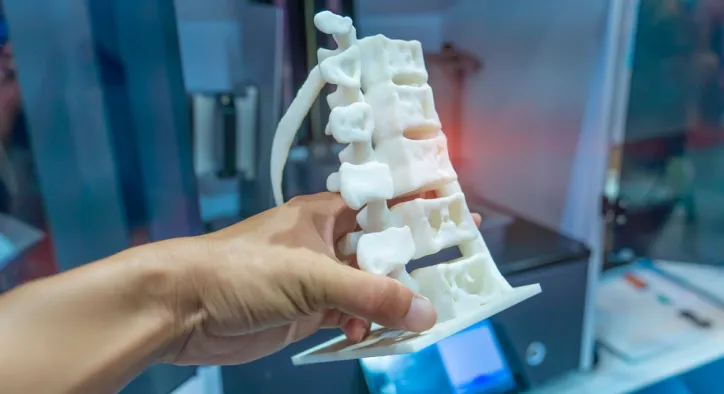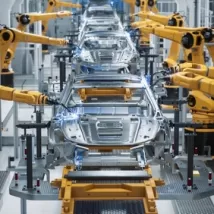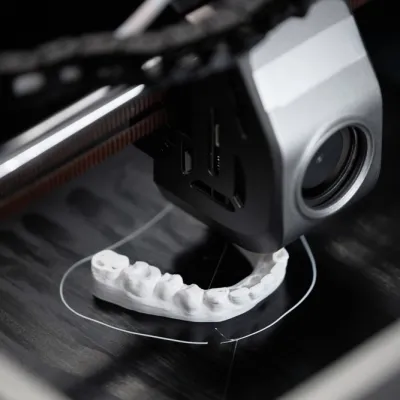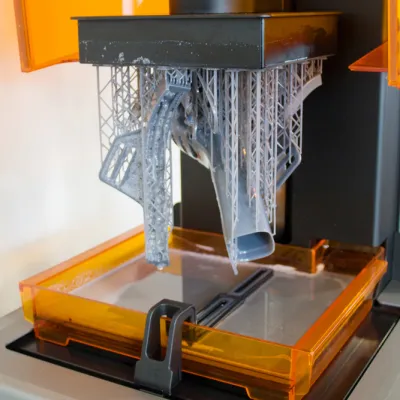- Konu Başlıkları
- The Cost of 3D Printing in the Health Sector: Cost, Efficiency and New Opportunities!
- The Relationship Between 3D Printing and Cost in the Health Sector
- The Cost of 3D Printing in the Health Sector: Determining the Cost in 6 Steps
- Initial Investment Cost
- Production Time and Cost Efficiency
- Personalized Solutions and Cost Savings
- Production of Medical Devices with Less Waste
- Long-Term Investment and Return
- Technological Advances and Cost Reduction
- Medical Cost and the Impact of 3D Printing Technology on the Health Sector
- The Cost of 3D Printing in the Health Sector: Return on Investment
- The Future of 3D Printing in the Health Sector
- The Cost and Advantages of 3D Printing in the Health Sector
The Cost of 3D Printing in the Health Sector: Cost, Efficiency and New Opportunities!
The impact of technology on the health sector is becoming more and more apparent every day, and one of the most striking examples of this transformation is 3D printing technology. This technology, which has created revolutionary changes in many sectors, also has significant potential in the health sector. However, the usability of 3D printing in the health sector poses a critical question mark, especially in terms of costs. Healthcare providers and investors must consider the long-term advantages and gains offered by this technology while evaluating the costs of 3D printing in the health sector. So, what determines the cost of 3D printing in the health sector?
[widget-131]
The Relationship Between 3D Printing and Cost in the Health Sector
The cost of 3D printing in the health sector is a determining factor for institutions that decide to invest in the technology. However, these costs, which seem high at first glance, provide many benefits in the long term and provide returns. 3D printing and its cost in the health sector have different dynamics compared to traditional production methods. 3D printers offer the opportunity to produce complex medical devices quickly and at low cost. This opens the door to more affordable and personalized treatment options for patients.
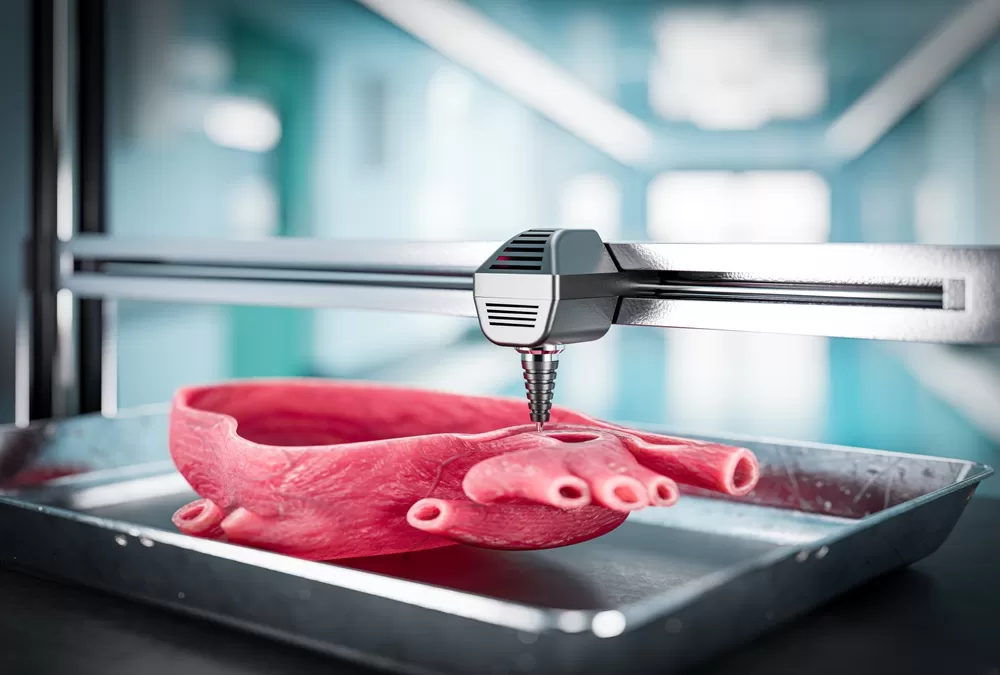
The Cost of 3D Printing in the Health Sector: Determining the Cost in 6 Steps
The cost of 3D printing in the health sector is generally calculated based on the purchase price of the device, maintenance costs, and the price of the materials used. However, it should not be forgotten that this cost can be reduced by considering the speed of the production process. 3D printing provides the advantage of reducing costs with shorter production times and less waste production. Especially in medical device production, the flexibility and rapid prototyping opportunity provided by 3D printing significantly affect the cost of 3D printing and the health sector.
Initial Investment Cost
The cost of 3D printing in the health sector can be high at first. The purchase prices of 3D printers are an important investment item for health institutions that want to adopt this technology. However, it should not be forgotten that this cost will provide returns for health care providers over time.
Production Time and Cost Efficiency
3D printing and its cost in the healthcare sector offer the opportunity to create rapid prototyping and accelerate production processes. This can significantly reduce production costs. Thanks to 3D printers, more medical devices can be produced in a shorter time, which provides a cost advantage for the healthcare sector.
Personalized Solutions and Cost Savings
3D printing enables the implementation of personalized treatment methods. This is especially true for implants, prostheses and other medical devices. The cost of 3D printing in the healthcare sector is optimized with less material use and less waste. As a result, costs per patient decrease, and healthcare services can be offered at more affordable prices.
Production of Medical Devices with Less Waste
3D printing technology creates less material waste compared to traditional production methods. The medical cost of 3D printing in the healthcare sector optimizes material use and minimizes waste. This is beneficial not only in terms of cost but also in terms of the environment.

Long-Term Investment and Return
Although the cost of 3D printing in the healthcare sector is initially high, it is possible to achieve a return over time. This technology enables healthcare services to be more efficient and 3D printing and cost-effective in the healthcare sector with rapid prototyping and personalized solutions. The return on investment provides more affordable services for patients and more income for healthcare institutions.
Technological Advances and Cost Reduction
3D printing technology is rapidly developing and these developments are further reducing costs in the healthcare sector. The integration of new software and material technologies will reduce the costs of 3D printing in the healthcare sector in the long term.
These factors directly shape the cost effects of 3D printing in the healthcare sector. Despite the high initial costs, healthcare providers can invest in this technology and provide both speed and cost efficiency in treatment processes.
Medical Cost and the Impact of 3D Printing Technology on the Health Sector
The medical cost of 3D printing can help patients find more personalized and affordable solutions in their treatment processes. For example, while personalized implants and prosthetics can be more expensive than traditional production methods, prototypes and devices produced with 3D printing can be provided at more affordable prices. This provides significant cost savings for both patients and healthcare institutions in the long term. Thus, the cost of 3D printing in the healthcare sector offers affordable solution suggestions.
The Cost of 3D Printing in the Health Sector: Return on Investment
Although the cost of 3D printing in the healthcare sector may seem high at first, it can be much more economical when the return on investment is considered. Thanks to 3D printers, inefficiencies in the production process are eliminated and patients can be served faster and at less cost. In addition, thanks to the flexibility of the production process, the healthcare sector can offer more personalized and specific solutions. Thus, the cost of 3D printing in the healthcare sector offers various solutions.
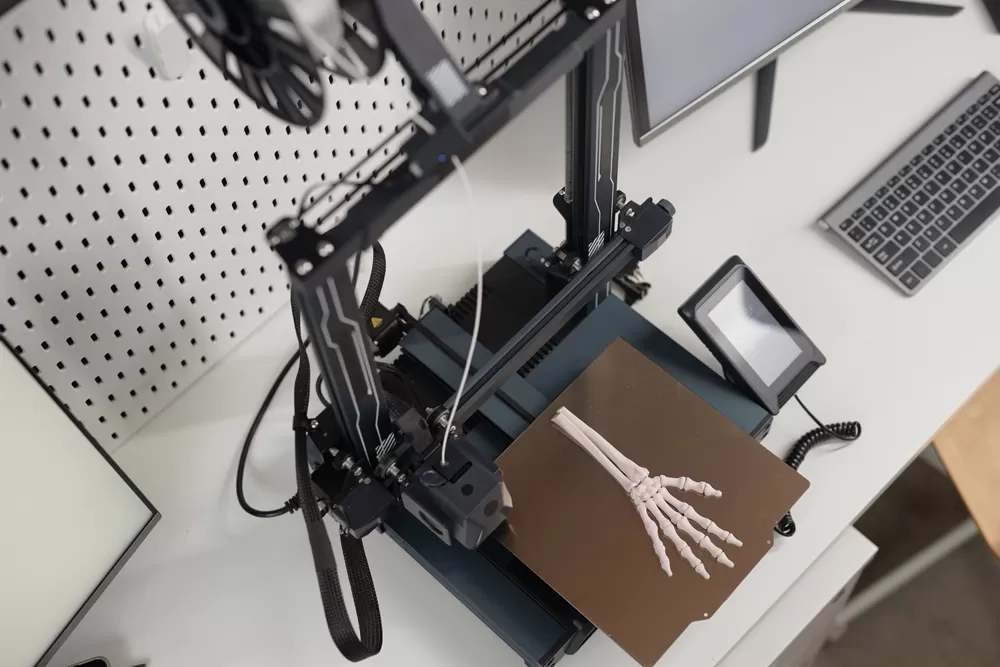
The Future of 3D Printing in the Health Sector
In the future, the cost of 3D printing in the health sector is expected to decrease over time. New technologies and advances in material science will further increase the impact of 3D printing in the health sector and reduce costs even more. This will present a great opportunity, especially for small health businesses and clinics. The cost advantages of 3D printing in the health sector will not be limited to large hospitals, but will also be an important resource for individual health care providers.
[widget-136]
The Cost and Advantages of 3D Printing in the Health Sector
The cost of 3D printing in the health sector may seem high at first glance, but it is a very advantageous technology when its long-term advantages are considered. The cost of 3D printing in the health sector will decrease over time with the rapidly developing technology, and more health institutions will benefit from this technology. This will lead to an increase in more personalized, fast and affordable treatment options.
It is important for institutions considering investing in 3D printing technology in the health sector to focus not only on initial costs, but also on future advantages and savings. The cost of 3D printing in the healthcare sector will become more accessible with future developments and will continue to revolutionize the healthcare field.

